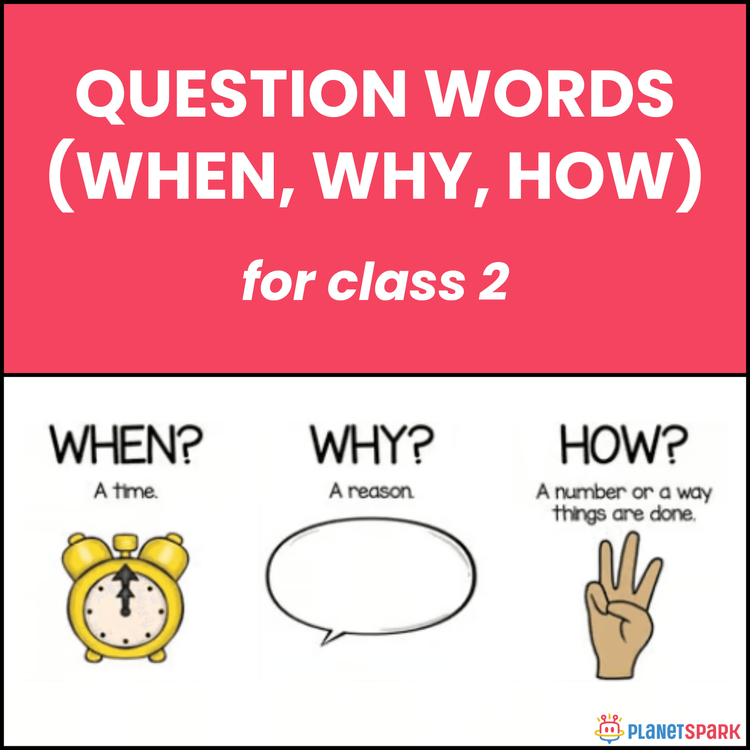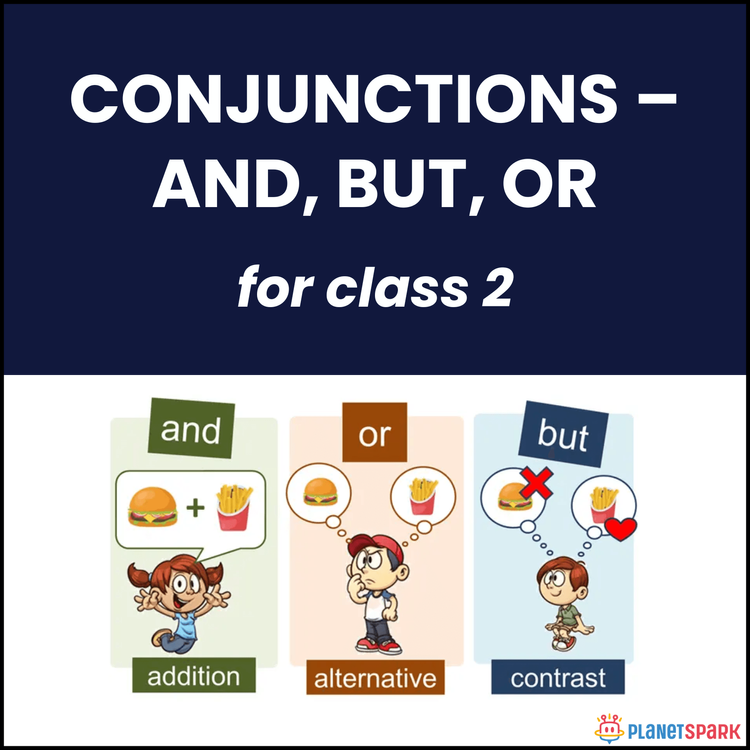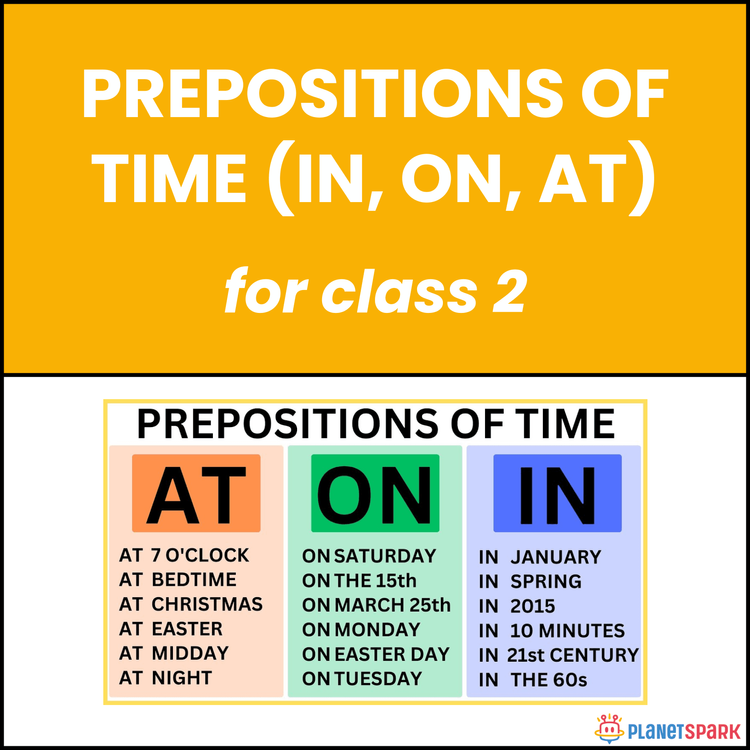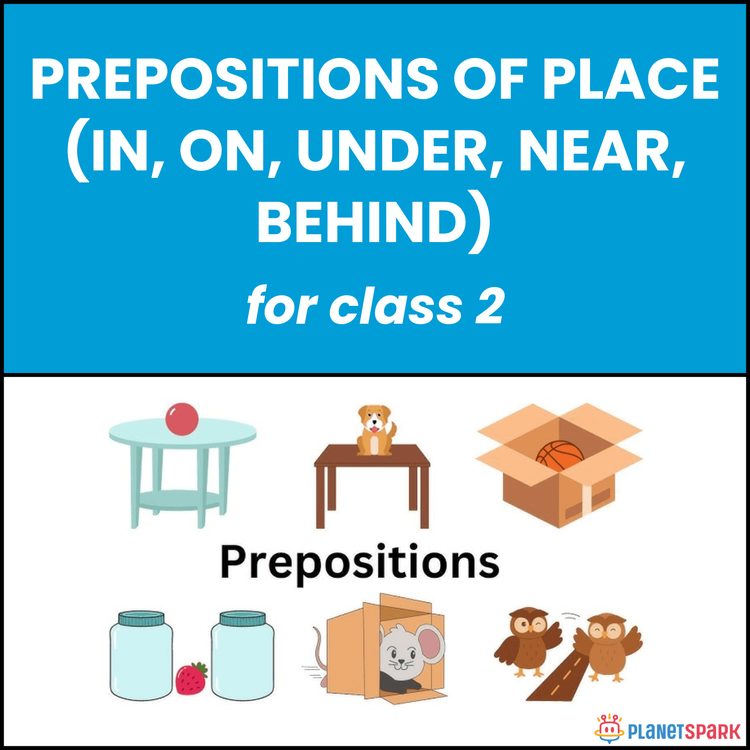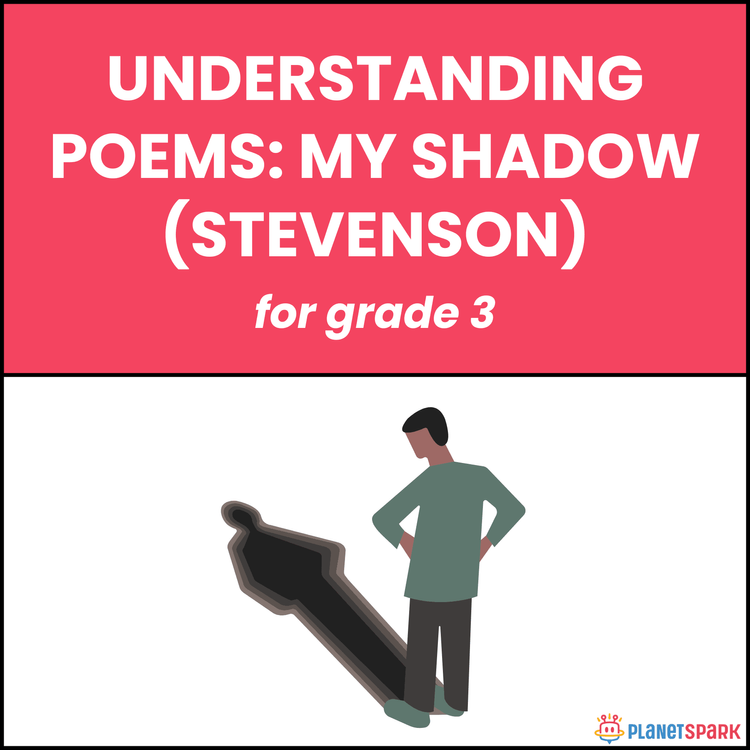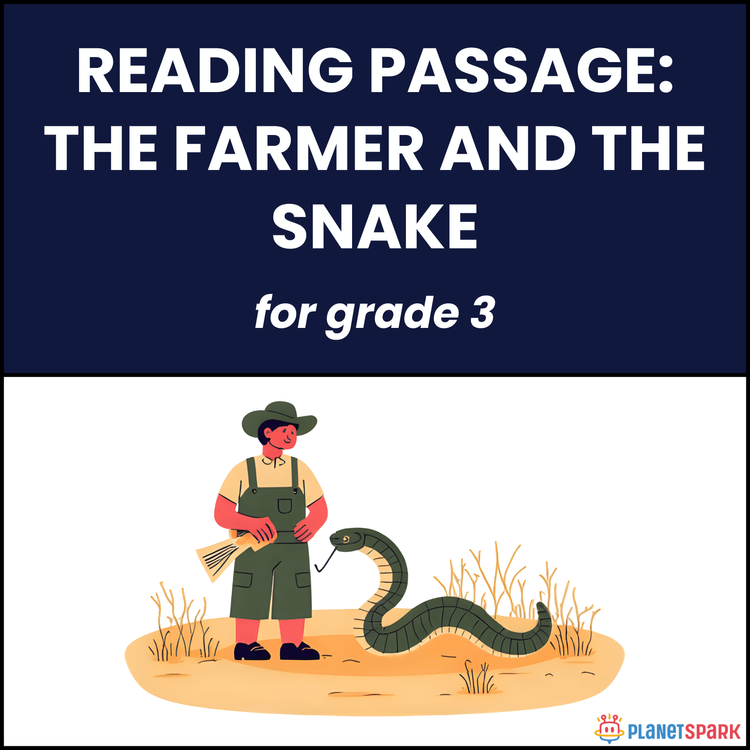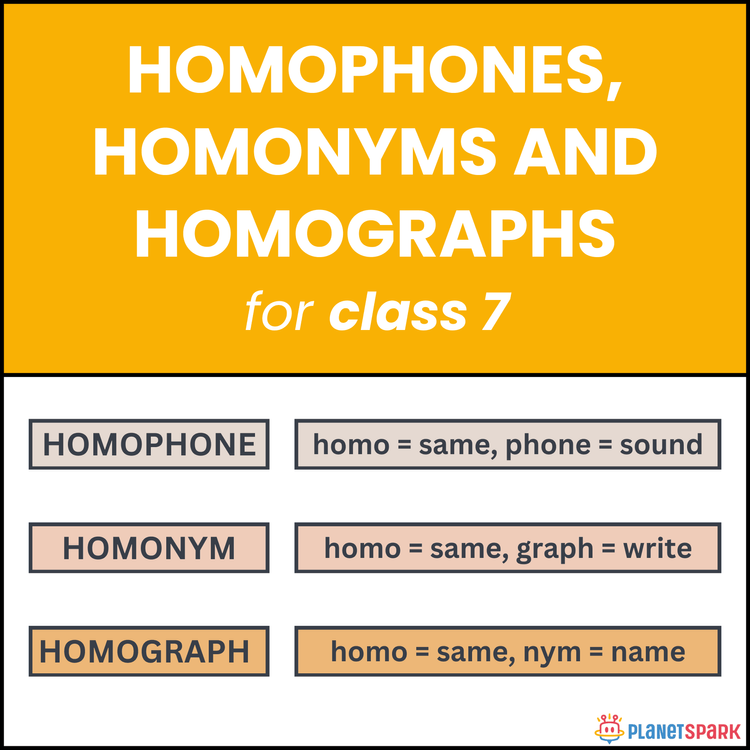Class 2 Worksheet on Antonyms–Match Opposite Words


Class 2 Worksheet on Antonyms–Match Opposite Words
Opposites Attract: Match Antonyms with Ease for Class 2
Antonyms are opposites—words with completely different meanings like day and night or push and pull. This Class 2 worksheet builds vocabulary by encouraging students to match each word with its opposite. It helps sharpen comprehension and word awareness in a playful, logic-building activity.
📌 Why Should Children of This Age Group Learn This Topic?
🔁 Builds understanding of contrasting word meanings.
🧠 Supports better vocabulary, reading, and sentence comprehension.
✍️ Encourages accurate word use in both writing and speaking.
📚 Strengthens critical thinking and early language logic.
🎯 What Are the Learning Outcomes?
By completing this worksheet, learners will:
1. Recognize and understand common antonym pairs.
2. Strengthen their vocabulary with opposite meaning words.
3. Practice word matching and pattern recognition.
4. Improve sentence-making with a broader word bank.
📚 What Does This Worksheet Offer?
📝 A one-page matching activity featuring 10 base words and 10 opposites.
🔄 Words are simple and relatable—ideal for Grade 2 learners.
🧒 Promotes early logic skills by connecting words with opposite meanings.
✏️ Supports independent or partner practice.
🧠 What Are the Different Exercises in the Worksheet?
Match the Word to Its Antonym: Students match each base word with its opposite from the given list.
Example: Open → Shut
✅ Suggested Answer Key (Match Pairs):
1. Day → Night
2. Win → Lose
3. Open → Shut
4. Full → Empty
5. Begin → End
6. Young → Old
7. Up → Down
8. Soft → Hard
9. Arrive → Leave
10. Push → Pull
✨ Learn Opposites & Build Stronger Vocabulary!
Download this engaging Class 2 worksheet to help your child practice antonyms through easy matching. It’s a smart and simple way to expand vocabulary through word contrast!
Learn opposites with clear visual matching and simple vocabulary.
Frequently Asked Questions
Antonyms are opposite words that help kids expand vocabulary and understand contrast.
It strengthens word relationships and builds comprehension.
Simple pairs like big/small, hot/cold, and happy/sad work well.
